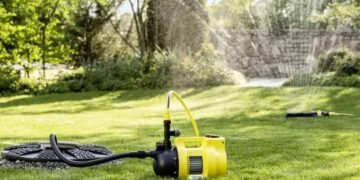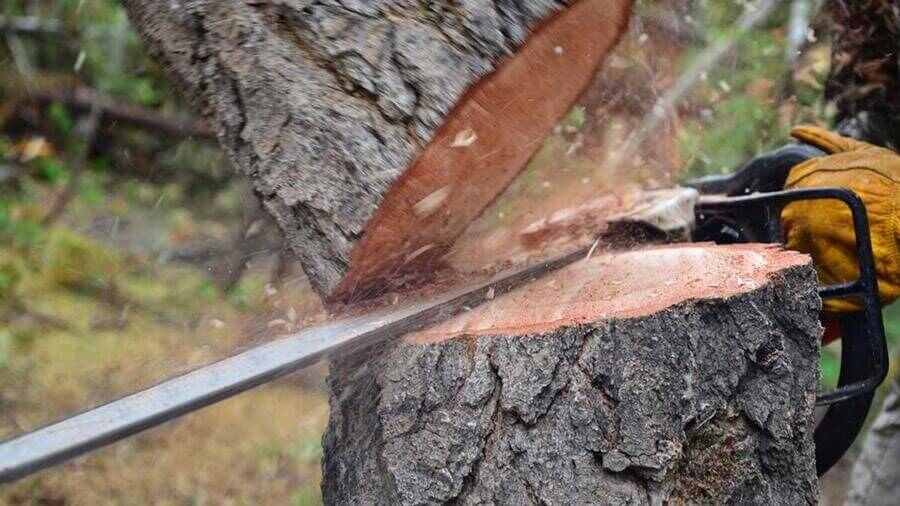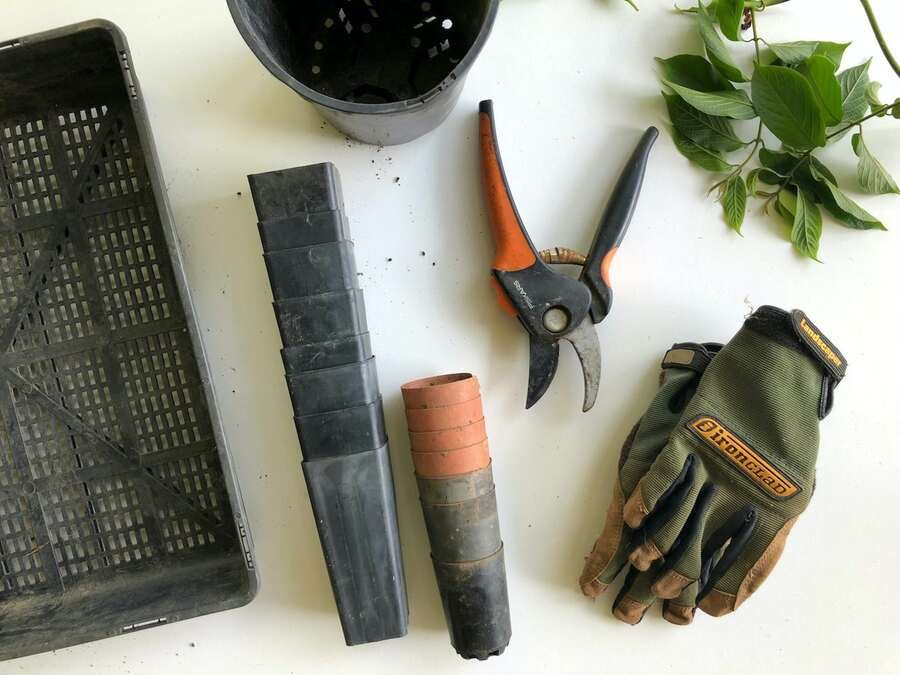Japanese Knotweed, scientifically known as Fallopia japonica, is a relentless invasive plant that has earned its reputation as one of the most problematic weeds in the United Kingdom. Its aggressive growth, ability to damage infrastructure, and potential to overrun gardens make it a concern for homeowners and gardeners alike. In this article, we will discuss effective strategies for preventing the spread of Japanese Knotweed without causing harm to the environment. If you’re dealing with this invasive plant, these tips from knotweeduk.com can help you regain control of your garden.
Early Identification is Key
The first step in preventing Japanese Knotweed from taking over your property is early identification. Familiarize yourself with the plant’s characteristics: it has bamboo-like stems, heart-shaped leaves, and clusters of small, white or cream-colored flowers. If you suspect you have Japanese Knotweed on your property, consult online resources or consider seeking advice from a local expert. Early detection allows you to take action before the problem worsens.
Do Not Disturb
Once you’ve identified Japanese Knotweed on your property, it’s essential not to disturb it. Attempting to dig up or remove the plant without professional assistance can exacerbate the issue by spreading its rhizomes, which are underground stems that enable the plant to propagate. Instead, mark the area, and avoid any activities that might disturb the soil and rhizomes.
Seek Professional Help
Dealing with Japanese Knotweed is a job for the experts. Hiring a professional knotweed removal service is often the most effective and environmentally friendly way to control this invasive plant. These professionals have the knowledge and equipment to safely eradicate Japanese Knotweed while minimizing the risk of further spread.
Herbicide Treatment
In some cases, using herbicides may be an appropriate method for controlling Japanese Knotweed. However, this should only be done by trained individuals who are aware of the potential environmental risks of herbicides. Herbicides should be used responsibly, following all local regulations and guidelines. It is crucial to prioritize the health of your garden and the surrounding environment while combating this invasive species.
Implement Barriers
Installing root barriers can be an effective preventive measure against Japanese Knotweed spread. These barriers are typically made of impervious materials and are buried deep into the ground to prevent the plant’s rhizomes from spreading into new areas. This method is especially useful when the knotweed is located near the boundary of your property.
Regular Maintenance
Once you have successfully controlled Japanese Knotweed on your property, it’s crucial to continue regular monitoring and maintenance. These persistent plants may attempt a comeback, and early intervention can prevent a full-blown resurgence. Keep an eye out for any signs of regrowth and take immediate action if necessary.
Responsible Disposal
When Japanese Knotweed is removed from your property, it’s essential to dispose of it properly. Local regulations may require that you follow specific guidelines for disposal. Never dump knotweed waste in the wild or in areas where it can spread to new locations. Contact your local authorities or a professional knotweed removal service to ensure responsible disposal.
Educate Your Neighbors
Invasive species like Japanese Knotweed can easily spread from one property to another. Educating your neighbors about the presence and risks of knotweed if it’s found on your property is essential. Collaborating with them to address the issue collectively can help prevent its spread throughout your neighborhood.
Choose Native Alternatives
To prevent the return of Japanese Knotweed, consider planting native species in your garden. Native plants are less likely to be invasive and can create a balanced ecosystem that is less hospitable to invasive species. Research which native plants thrive in your area and incorporate them into your landscaping.
Japanese Knotweed is a formidable adversary for homeowners and gardeners in the UK. Early identification, professional assistance, responsible management, and preventive measures such as root barriers and native planting are key strategies in preventing its spread.
Wrapping Up
Remember to prioritize the health of your garden and the environment throughout the knotweed control process. By taking these steps, you can reclaim and protect your property from the relentless spread of Japanese Knotweed.















